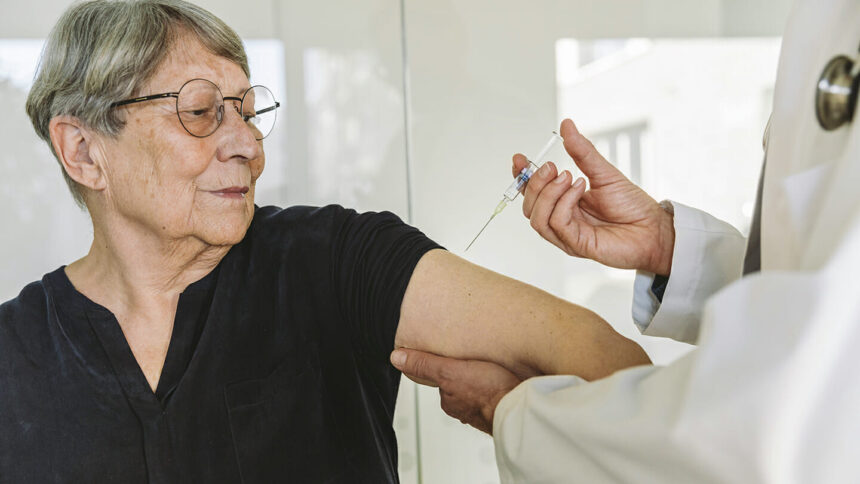
The high dose, adjuvanted and recombinant flu shots give better protection against the virus than standard-dose vaccines when it comes to preventing flu-related hospitalizations in people over the age of 65, a new review finds.
The report was published Wednesday in the Journal of the American Geriatrics Society.
Researchers looked at 32 studies that reported on relative vaccine effectiveness for the shots, as well as 27 observational studies. The studies were published between 1990 and 2023. All of the studies evaluated the shots for prevention of flu-related hospitalizations in people over the age of 65. The studies included data from more than 71 million people who got the vaccines over the span of 16 flu seasons.
The vaccines’ effectiveness differed based on the study and on different flu seasons.
Enhanced vaccines (all but the standard-dose shots) showed a reduction in risk of influenza hospitalization compared with standard influenza vaccines by 11% to 18%. None of the enhanced vaccines protected people better when they were compared to each other, the authors pointed out.
The flu shot for the upcoming season, which takes about two weeks to become effective, started being distributed last month. The Centers for Disease Control and Prevention recommends that people receive a flu shot in September or October, as virus activity tends to pick up in the fall. Flu cases typically reach their peak between December and February.
A recent report that was published in Open Forum Infectious Diseases showed that the MF59-adjuvanted trivalent influenza vaccine (aTIV) was more effective than the high-dose trivalent influenza vaccine (HD-TIV). Both vaccines were designed for people 65 and older who have risk factors for serious flu complications. The MF59 vaccine contains an adjuvant, which is an immune-boosting agent that’s added to the shot. In the report, researchers said that TIV had 12.5% more effectiveness for adults with up to one risk factor on average, and 18.4% more effectiveness for adults with one or two risk factors.




